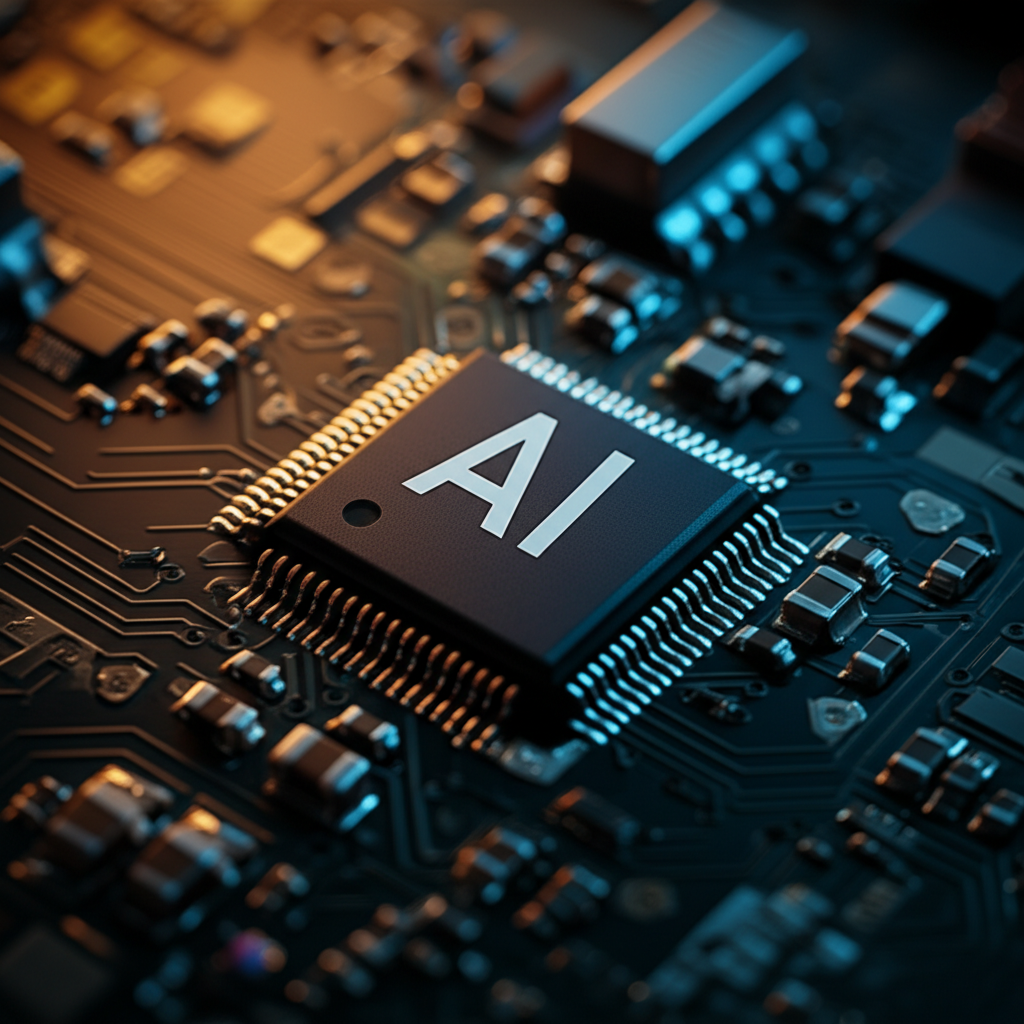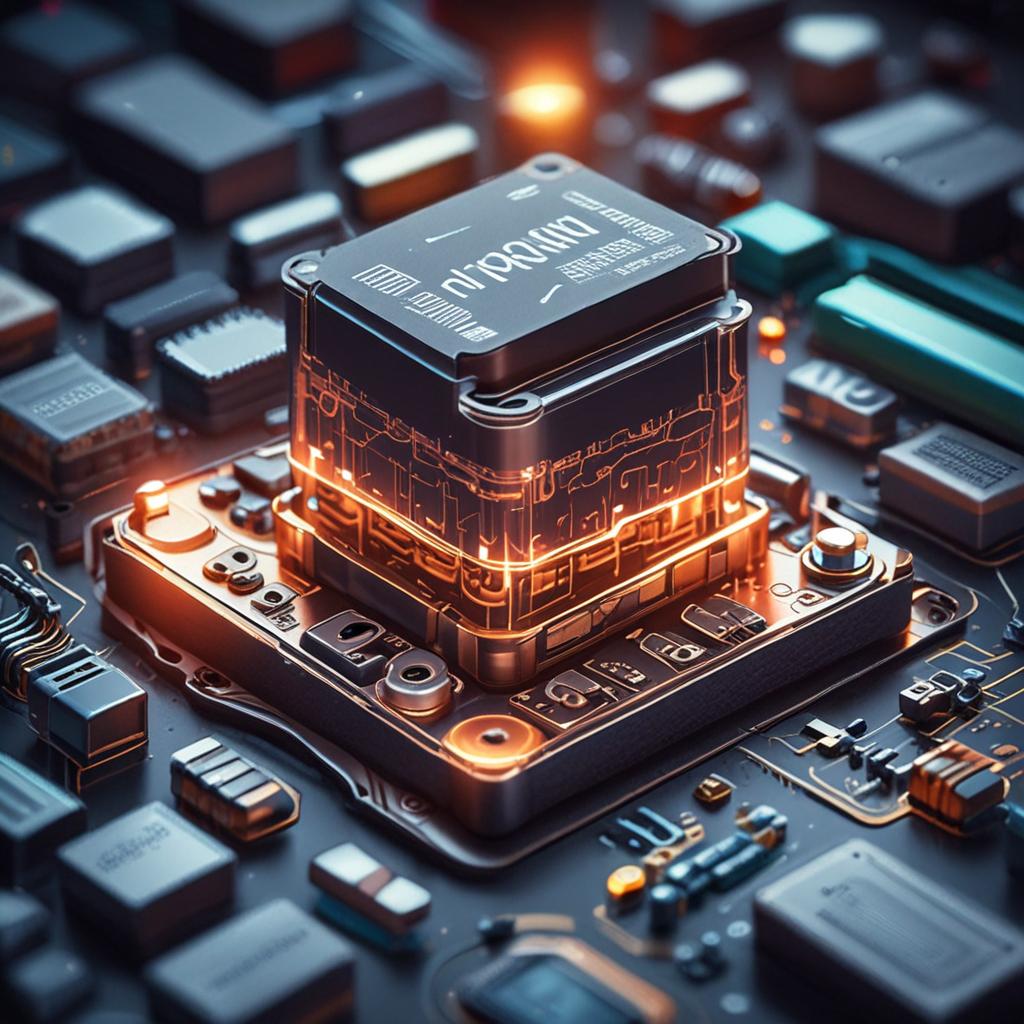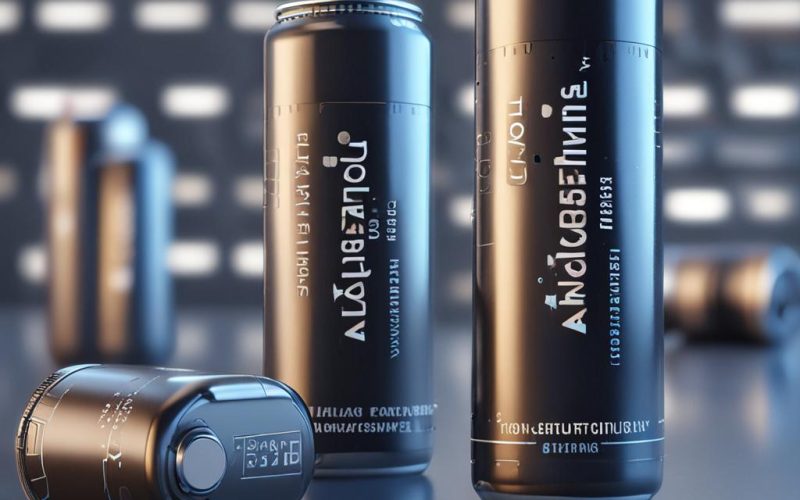Table of Contents Show
The Internet of Things (IoT) is rapidly expanding, connecting billions of devices across various sectors, from smart homes to industrial automation. A critical factor determining the success and practicality of these devices is their battery life. Frequent battery replacements or recharges can be a significant inconvenience and cost, hindering the widespread adoption of IoT. Artificial intelligence (AI) offers a promising solution for optimizing battery consumption, enabling longer operational lifespans and more efficient energy usage. This blog post will explore how AI can be leveraged to address battery drain challenges and unlock the full potential of IoT devices.
Understanding Battery Drain Challenges in IoT Devices
IoT devices face numerous challenges that contribute to rapid battery drain. These challenges stem from various factors, including sensor activity, data transmission, processing power requirements, environmental conditions, and inefficient firmware.

Sensor Activity and Data Transmission
The frequency with which sensors collect and transmit data significantly impacts battery life. Constantly monitoring and transmitting data consumes considerable energy. Different communication protocols, such as Wi-Fi, Bluetooth, and LoRaWAN, have varying energy costs. Wi-Fi, while offering high bandwidth, is generally more power-intensive than Bluetooth or LoRaWAN.
Processing Power Requirements
Processing data locally on the device, as opposed to transmitting it to the cloud for processing, also affects battery life. On-device processing consumes energy, especially when complex algorithms are involved. The choice between on-device and cloud processing involves trade-offs between latency, bandwidth requirements, and power consumption.
Environmental Factors
Environmental conditions, such as temperature, can significantly impact battery performance. Extreme temperatures, both hot and cold, can reduce battery capacity and lifespan. Humidity and vibration can also contribute to battery degradation over time.
Inefficient Firmware and Software
Poorly optimized firmware and software can lead to unnecessary battery drain. Inefficient code can result in higher processing demands and increased energy consumption. “Chatty” communication protocols, where devices frequently exchange unnecessary messages, can also deplete battery life.
AI-Powered Approaches to Battery Optimization
AI offers several techniques for optimizing battery consumption in IoT devices. These techniques include predictive analytics, adaptive sampling rates, edge AI for local processing, and anomaly detection.
Predictive Analytics for Power Management
AI can predict future power needs by analyzing device usage patterns and environmental conditions. By understanding when a device is likely to be used and how much power it will require, AI can proactively adjust power consumption. Time series analysis and machine learning regression algorithms can be used to forecast energy demands and optimize power allocation.
Adaptive Sampling Rates and Data Transmission
AI can dynamically adjust sensor sampling rates based on the environment and device activity. When the environment is stable or the device is idle, the sampling rate can be reduced to conserve energy. Similarly, AI can dynamically adjust data transmission frequency and bandwidth, transmitting data only when necessary and using the most efficient communication protocol. Reinforcement learning and adaptive filtering algorithms can be used to optimize sampling and transmission strategies.
Edge AI for Local Processing
Edge AI enables data processing on the device itself, reducing the amount of data transmitted to the cloud. This can significantly reduce energy consumption. Lightweight neural networks and other efficient AI algorithms can be deployed on edge devices to perform tasks such as data filtering, feature extraction, and anomaly detection.

Anomaly Detection for Energy Waste
AI can detect anomalies in power consumption patterns, identifying potential sources of energy waste. Unusual spikes in power consumption or unexpected changes in device behavior can indicate a problem that needs to be addressed. Clustering and outlier detection algorithms can be used to identify these anomalies and alert users or trigger corrective actions.
Key Metrics
Performance metrics for How to Use Ai to Optimize Battery Consumption in Iot Devices
Implementing AI-Driven Battery Optimization: A Practical Guide
Implementing AI-driven battery optimization involves several key steps, from data collection and preparation to model training and deployment.
Data Collection and Preparation
The first step is to collect relevant data, such as sensor readings, battery voltage, device usage patterns, and environmental conditions. This data needs to be cleaned, preprocessed, and formatted for use in AI models. Data cleaning may involve removing outliers, handling missing values, and normalizing the data.
Model Training and Deployment
Once the data is prepared, AI models can be trained to predict power consumption, optimize sampling rates, or detect anomalies. Different AI models, such as neural networks, decision trees, and support vector machines, can be used depending on the specific application. The trained models can then be deployed to IoT devices, either directly or through a cloud-based platform.
Hardware Considerations
The hardware used in IoT devices must be capable of running AI models efficiently. This requires careful consideration of processor power, memory, and energy efficiency. Microcontrollers with sufficient processing capabilities and low power consumption are essential for edge AI applications. Selecting the right sensors with optimized power profiles is also important.
Monitoring and Maintenance
After deployment, it is crucial to monitor the performance of AI models and retrain them as needed. Over time, device usage patterns and environmental conditions may change, requiring the models to be updated. Regular monitoring and maintenance ensure that the AI-driven battery optimization remains effective.
Case Studies: Successful AI-Driven Battery Optimization in IoT Applications
AI has been successfully used to optimize battery consumption in various IoT applications.
Smart Agriculture
In smart agriculture, AI can be used to optimize battery life in soil moisture sensors. By predicting when irrigation is needed based on weather forecasts and soil conditions, AI can reduce the frequency of sensor readings and data transmissions, extending battery life. One study showed that AI-powered battery optimization in agricultural sensors resulted in a 30% increase in battery life.

Smart Homes
In smart homes, AI can be used to optimize battery life in smart thermostats and lighting systems. By learning user preferences and predicting occupancy patterns, AI can adjust temperature and lighting settings to minimize energy consumption. For example, a smart thermostat using AI can learn when residents are typically away from home and automatically lower the temperature to conserve energy. This has been shown to improve battery life by up to 25% in some cases.
Industrial IoT
In industrial IoT applications, AI can optimize battery life in remote monitoring devices. By analyzing sensor data and predicting equipment failures, AI can reduce the need for frequent inspections and maintenance, extending battery life. One industrial facility reported a 40% increase in battery life for its remote monitoring devices after implementing AI-driven optimization.
Challenges and Future Trends in AI-Powered Battery Optimization
Despite the potential benefits, there are challenges to overcome in using AI for battery optimization in IoT devices.
Computational Resource Constraints
IoT devices often have limited computational resources, making it challenging to run complex AI models. Techniques such as model compression, quantization, and pruning can be used to reduce the size and complexity of AI models, making them suitable for deployment on resource-constrained devices.
Data Privacy and Security
Data privacy and security are major concerns when using AI in IoT devices, especially when sensitive data is involved. Techniques such as federated learning and differential privacy can be used to protect data privacy while still enabling AI-driven battery optimization.
Federated Learning
Federated learning allows AI models to be trained on decentralized data sources without sharing the raw data. This can be particularly useful for IoT devices, where data is often distributed across multiple devices and users. Federated learning enables AI models to learn from the collective data while preserving the privacy of individual users.
Energy Harvesting Integration
AI can also be used to manage energy harvesting systems for IoT devices. By predicting energy availability and optimizing device usage, AI can maximize the amount of energy harvested and minimize battery drain. AI can dynamically adjust usage and charging patterns to optimize battery life in conjunction with energy harvesting systems.
FAQ
Here are some frequently asked questions about using AI to optimize battery consumption in IoT devices:
Q1: What types of AI algorithms are best suited for battery optimization in IoT devices?
A1: Reinforcement learning is effective for adaptive control, predictive analytics for forecasting power needs, and anomaly detection for identifying energy waste.
Q2: How much battery life improvement can be expected from implementing AI-driven optimization?
A2: Battery life improvements can range from 20% to 40% or more, depending on the specific application and the effectiveness of the AI algorithms.
Q3: What are the key considerations when choosing hardware for AI-powered battery optimization?
A3: Processor power, memory, and energy efficiency are crucial. Select microcontrollers and sensors that balance performance with low power consumption.
Q4: How can I address data privacy concerns when using AI for battery optimization?
A4: Federated learning, data anonymization, and differential privacy techniques can help protect data privacy while still enabling AI-driven battery optimization.
Conclusion
AI offers significant potential for optimizing battery consumption in IoT devices, enabling longer operational lifespans and more efficient energy usage. By leveraging AI techniques such as predictive analytics, adaptive sampling rates, edge AI, and anomaly detection, IoT device manufacturers and users can significantly extend battery life and reduce the need for frequent replacements or recharges. Battery life is a critical factor for the functionality and practicality of IoT devices, and AI provides a powerful tool for addressing this challenge. Explore and implement AI-based solutions to unlock the full potential of your IoT deployments. Contact us to learn more about how AI can optimize battery life in your IoT devices.




